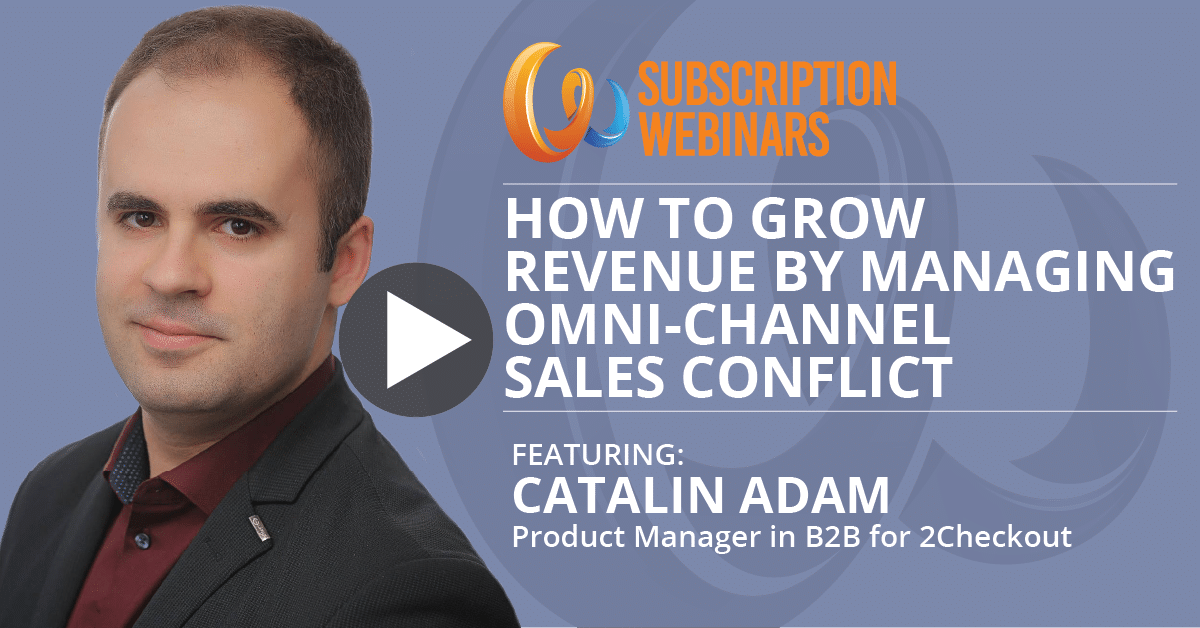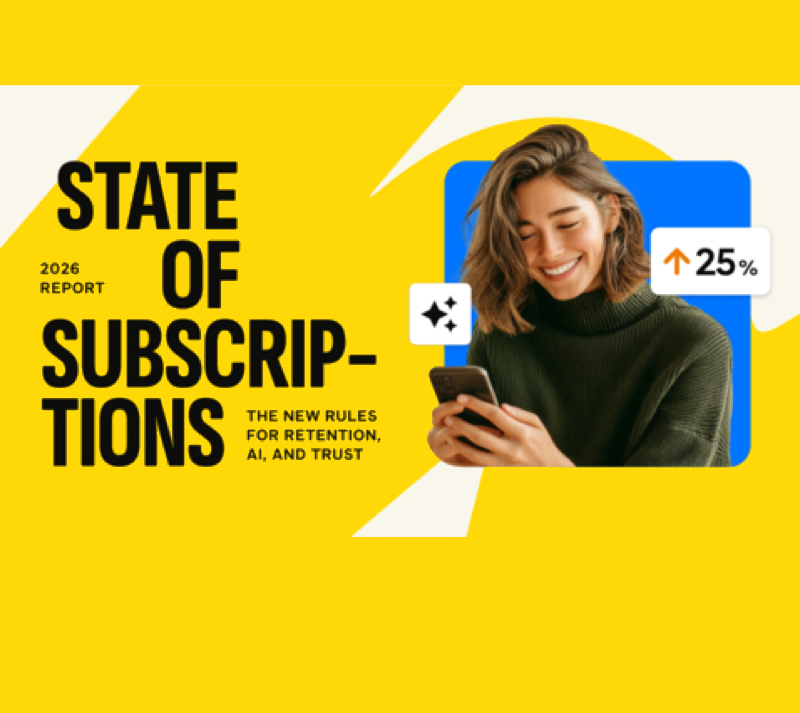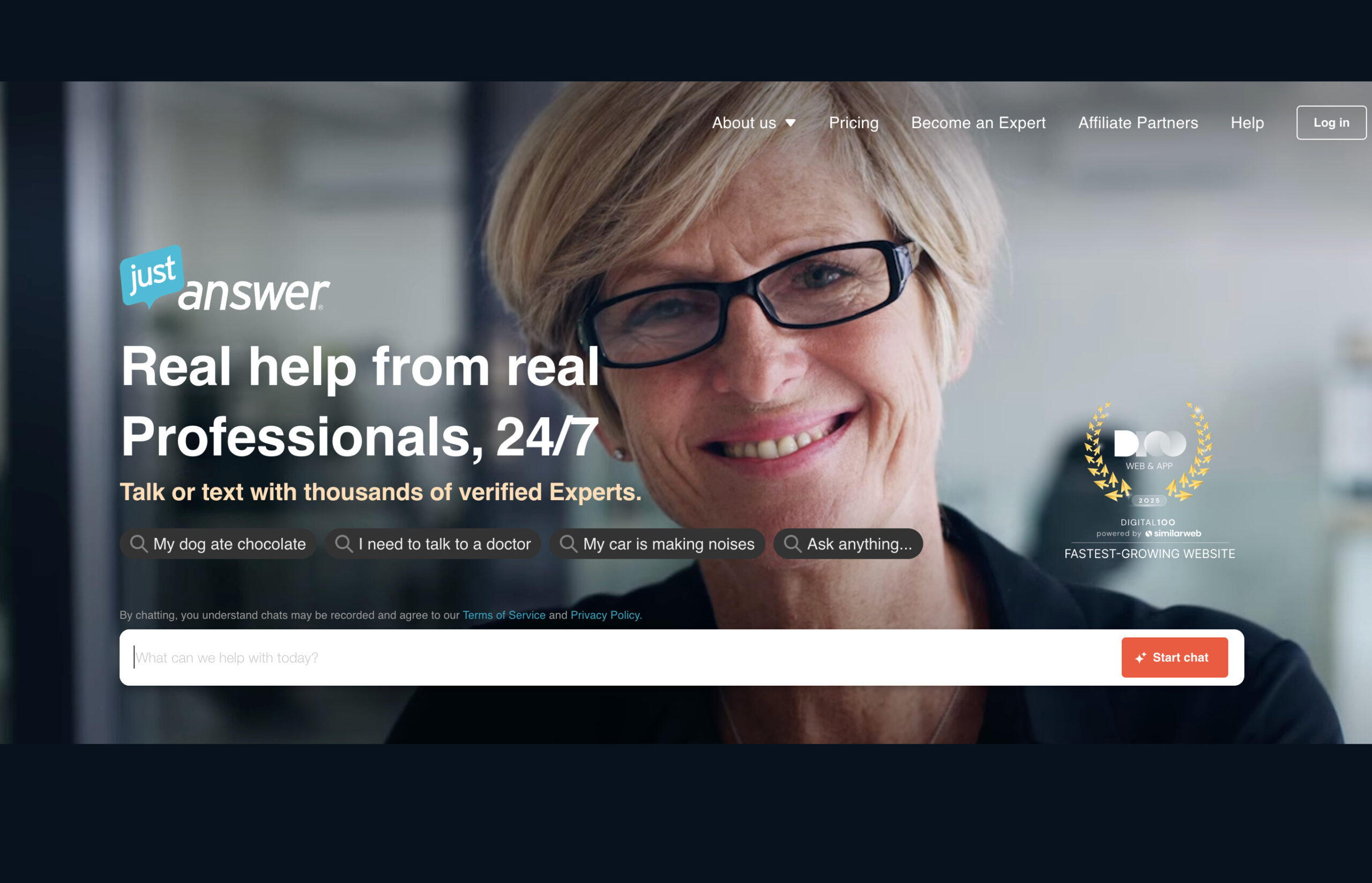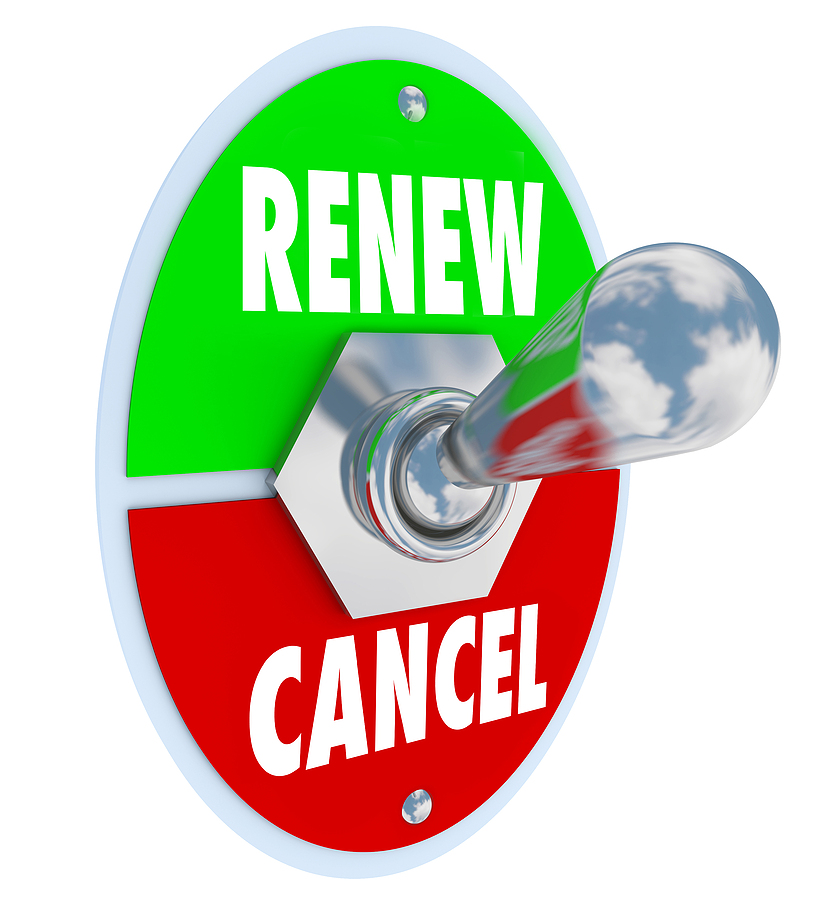
Grow Revenue by Managing Channel Sales Conflict
Lorem ipsum dolor sit amet, consectetur adipiscing elit. Ut elit tellus, luctus nec ullamcorper mattis, pulvinar dapibus leo.
Learn how to manage conflict between your sales channels to grow revenue. If you have ever had to juggle the competing demands between sales channels such as online, in-store, or partner sales, you know how important managing channel conflict is. From cannibalization between sales channels to lost revenue, the impact on your top and bottom line is real. This session focuses on how to leverage this gap as an opportunity for revenue growth. In this on-demand replay you will learn:
How to ide...
HELLO!
This premium article is exclusively reserved for Subscription Insider PRO members.
Want access to premium member-only content like this article? Plus, conference discounts and other benefits? We deliver the information you need, for improved decision-making, skills, and subscription business profitability. Check out these membership options!
Learn more about Subscription Insider PRO memberships!
Already a Subscription Insider PRO Member?
Please Log-In Here!
- Filed in Best Practice and How To, Business Operations, Business Services, Business Strategy, Consumer Media and Publishing, Consumer Services, Data and IoT, Entertainment and Streaming, Learning and Training, News, Payment Processing, Product Development, Revenue and Sales, SaaS and Cloud Services, Subscriber Only, Subscriber Retention, Subscription Apps, Subscription Boxes, Subscription Gaming








